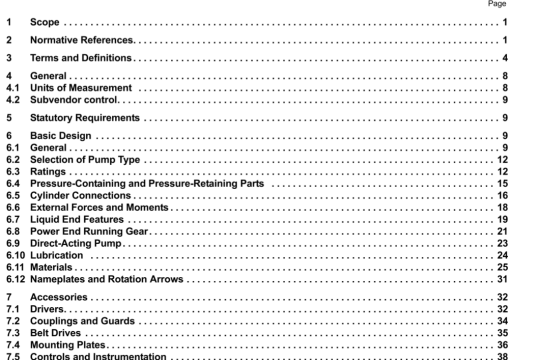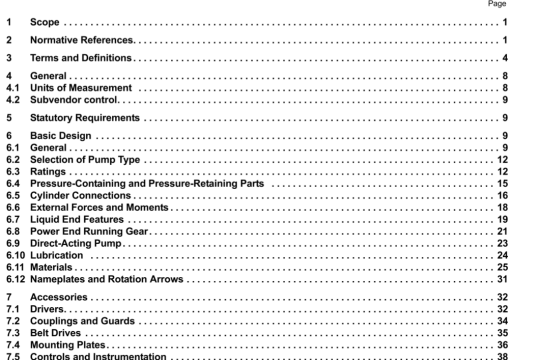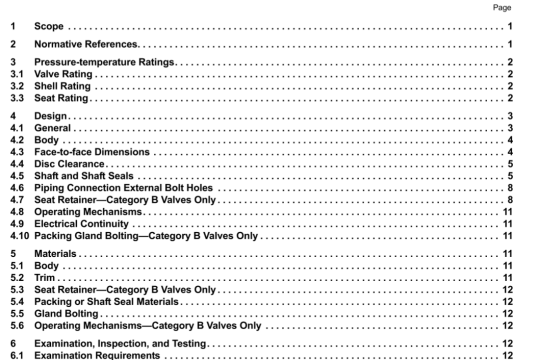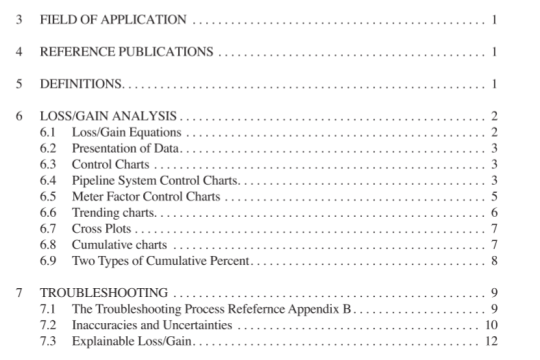API Publ 4720:2002 pdf download
API Publ 4720:2002 pdf download.Comparison of APl and EPA Toxic Air Pollutant Emission Factors for Combustion Sources.
Table A-I compares the EPA and the API emission factor data for No. 6 fuel oil combustion by boilers. The EPA factors were obtained from AP-42 Section 1.3 Fuel Oil Combustion idated 9/98). The API factors were obtained from PATEF
2.02.
Description of Sources Tested
The EPA fictors were calculated from lest data at several EPRI sites, a Southern California Edison site, and a Pacific Gas and Electric site. A total of 46 test runs were conducted at 15 different sites. The boilers were primarily large utility boilers with capacities in excess of 500 million Btu/hour. The API factors were based on emission tests at two refineries conducted in response to California Assembly Bill 2588.
Ldeiiiilicatioriandxplanation of Gaps and Inconsistencies
• DioxinsiFurans. The PATEF database presents emission factors ftr 17 different dioxins/furans. one of which is a I-lAP and six are on the PuT list. These factors are based on a single test. For seven of (he compounds. the detect ratio was zero. meaning that all of the data were below the detection limit. EPA has no emission factor data for dioxins/furans. so no comparison to the API emission factors could be made.
• Metals. The PATIiF database lists emission factors for only eight compounds based on a single source test. AP-42 presents factors for 20 metals based on tests at as many as 12 utility boilers. For most metals, measured values were above the detection limits. For other metals (beryllium, mercury. selenium), measured values were often below the detection limit. For example, mercury was not detected in any of the three sampling runs during 9 of the 12 source tests. In total, mercury was detected in only 6 of the 27 sampling runs. In these cases, the emission faetor is based on half of the detection limit value.
• Polycyclic Compounds. The PATF.F emission factors are based on tests at two refinery boilers, while the API factors are based on tests of as many as II utility boilers. For three individuals polycyclic compounds (acenaphthene. benio(atanthracene, and napthalene), the EPA factors are about 20 times higher than the PATEF factor. There is no obvious reason for these discrepancies. For other polycyclic compounds reported in both data sets, there are no large discrepancies.
• SVOC and VOC. With the exception of henrene and farmaldehyde, SVOC and VOC emission factors in both AP-42 and PATEF arc based on onh one or two tests.
EXTERNAL COMBUSTION, REFINERY GAS/NATURAL GAS
Table A-2 compares the EPA and the API emission factor data for refinery gas/natural gas combustion by boilers, heaters. and steam generators. The EPA factors were obtained from AP-42 Section 1.4 — Natural Gas Combustion (dated 7/98). The API factors were obtained from PATEF 2.02.
Description of Sources Tested
The PATEF factors were calculated as a pooled emission factor based on the following tests:
• 5 tests of refinery gas-fired industrial boilers
• 16 tests of for refinery gas-tired process heaters
• I test of a natural gas/refinery gas-fired process heater
• I test of a natural gas-fired process heater
• 2 tests of natural gas-tired steam generators
• S tests of natural gas/CVR gas steam generators
The EPA factors were based primarily on emission testing of IS natural gas-fired utility boilers with ratings in excess of 500 million Btwhour, and as large as 6,650 million Btuihour.
Identification and Explanation of Gaps and Inconsistencies
• Dioxins/Furans. There are no emission factors for dioxins/furans in either the EPA or the API databases.
• Metals. The PATEF emission factors are based on I or 2 tests, while the EPA emission factors are based on I to 5 tests. Both the EPA and PATEF emission factors generally have below average quality ratings. Both sets of data show that metal emissions are very low, on the order of 10—5 to 10-6 lh/MMBtu. For four metals (beryllium, copper.




